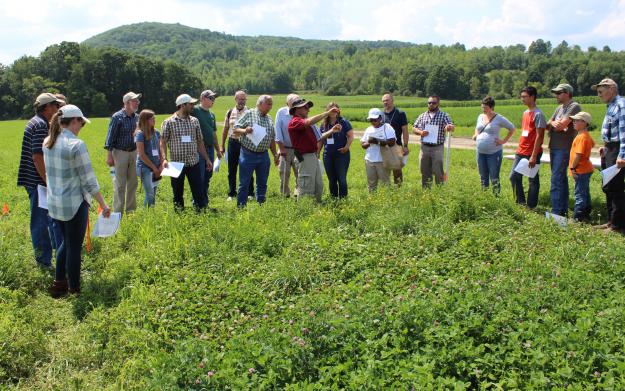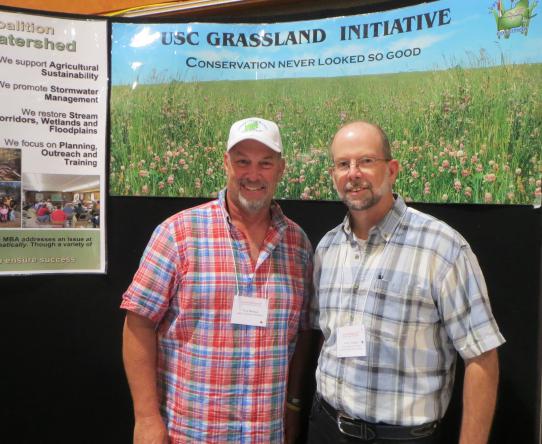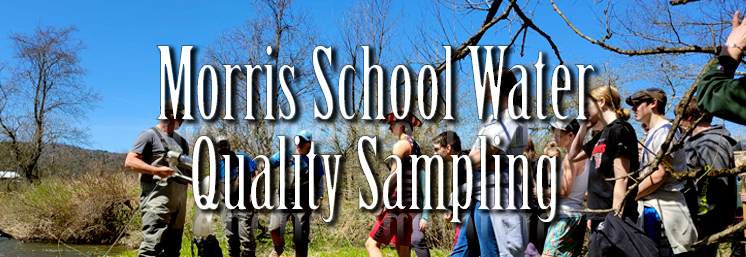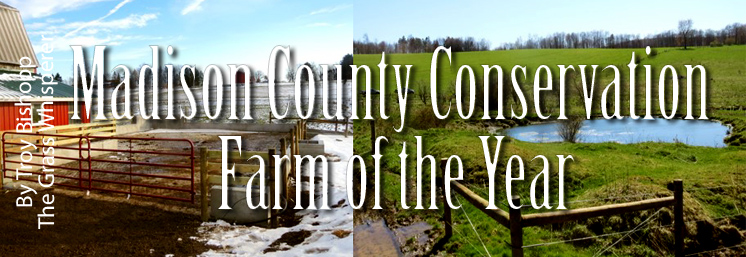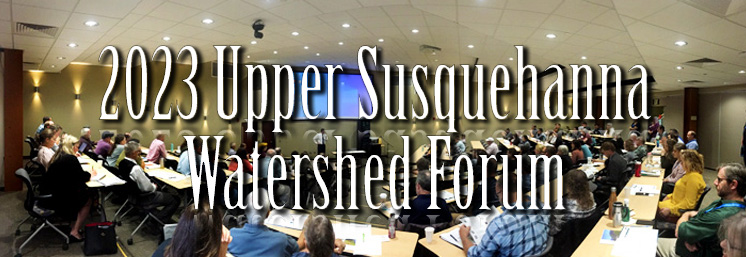By: Troy Bishopp
USC Grazing Specialist
Cobleskill, NY—New York’s NRCS Resource Conservationist, Ed Henry, set the stage of Grasstravaganza 2019 by quoting Thomas Jefferson’s understanding of a strong agronomic economy as the backbone of a nation: “Agriculture is our wisest pursuit because it will in the end contribute most to real wealth, good morals and happiness”. Henry believes the adoption of properly managed grazing is one of the most efficient ways to produce food for New York consumers and inspired the capacity crowd to grasp the possibilities. He shared his story of traveling to Africa and seeing millions of grazing animals roaming the Serengeti. “The flow of energy and nutrients from the herds is all part of one giant natural grazing system. The scope and scale of this natural dance is nothing less than awe inspiring. We aspire to mimic this in our corner of the world and learn grazing management that sustainably balances the needs of the soil, plants, animals and the people. This is our task for the next 2 days”.
The planning committee made up of Cobleskill College staff, agency professionals and farmers put together a lineup of presenters, vendors, organizations, learning stations and local farm tours that followed the theme of “Health and Resiliency from Soil to Table”.
Thursday night highlighted Washington County’s Dairy Farmer and Taste of NY Ag. Marketing Educator, Jessica Ziehm who gave an impassioned, real-life account on standing up for what you stand for. The Colby alumnus said, “We are 2 to 3 generations removed from the farm. It’s no wonder why people don’t understand what farms do. Farming requires a social license to operate today. We need to take every opportunity to educate”. She described her 6 ways of reaching the public and neighbors: Own your actions, be transparent, find shared values, be passionate and authentic, listen and invest in goodwill. The event featured a keynote by Dr. Elaine Ingham, the world’s foremost soil biologist, researcher and founder of Soil Foodweb, Inc. Her approach and extensive use of compost teas has been used on over 5 million acres worldwide to dramatically reduce input costs, increase yields and to sequester soil carbon. True to form, she inspired the audience to consider themselves, “the gardeners of the planet” and stop treating living soil like just dirt. “My journey and discoveries from intense magnification of the soil serengeti has shown how powerful biology is to healing a planet and the bottom lines for agriculture. When we get biology going in the soil, we increased yields 300%”.
She detailed the macro and micro-organisms’ jobs and benefits that suppress disease, retain nutrients, decompose toxins and build soil structure. She chronicled how biology constantly replenishes plant nutrients in small increments at just the right amounts and how much we don’t know about what’s under our feet. She argued against soil inputs that weren’t local. “All biology species are local; that’s where the inoculates should come from”. Ingham lobbied for making “bio-complete” compost and suggested spreading 1 ton of complete compost per acre which she said you could make in 21 days from her recipe regime. “It’s exciting to work on a biological level that has the potential to sequester all of the atmospheric carbon in 3 to 5 years”.
Special Guest, Victor Shelton–Farmer, Prolific Writer, State Agronomist and Grazing Specialist from USDA-NRCS in Indiana provided the grazing management context, experience and practical tips that farmers and agency professionals should use for successful implementation. “We need to spend time observing our pastures and not be drive-by graziers looking from pickup trucks”, said Shelton. “Think of livestock as tools with fermentation vats for improving biology above and below ground, when properly managed”. He advocated for “stop grazing heights”, proper plant recovery periods and plant diversity, keep something growing all year, well planned-out infrastructure and monitoring tools. His monthly “grazing-bites” advice column can be found at www.waynecountynysoilandwater.org or OnPasture.com.
Guests were treated to a cornucopia of workshops led by seasoned grazing advocates ranging from marketing opportunities to maximizing animal performance, and comparing cost savings from grazing to optimizing the use of technology tools in managing land. Learning stations were set up around the college property that looked closer at soil compaction in pastures, pasture grasses and legume mixture plots, reseeding versus rejuvenating pasture strategies and Dr. Ingham showcasing the soil food web close up and teaching the tools to help get the biology moving in your favor. An inside tradeshow also helped farmers concentrate on what help is available regionally in establishing a grazing operation.
New York’s Commissioner of Agriculture and Schoharie County’s own local farmer, Richard Ball, provided some poignant stories and inspiration before the dinner featuring local beef. “I’m excited to see how well positioned New York’s grazing lands are in helping farmers save on feed costs while enhancing our soil health and contributing positively to consumer’s health. With the proliferation of the NYS Grown and Certified Program, producers are able to connect the dots from farm to plate with their customers and share the stories that make a difference for our region”.
As in the past, folks were treated to a tour of local grazing farms which included; Tafel Dairy Farm, Sweet Tree Beef Farm and the multi-species operations of Sap Bush Hollow Farm and Black Willow Pond Farm. The visits allow a hands-on look at the tools and techniques used every day on these successful, robust operations. It also provided plenty of time for guests to ask specific questions and network with others. New York NRCS Resource Conservationist in Animal Science and State Grazing Specialist, Karen Hoffman, said the agency dedicated funding for this event in support of an effort to bring a statewide perspective to the many stakeholders. As an avid grazier herself, she shared her story of how grazing tools and animal management contributed to improving her land’s soil health and the vibrancy of the environment. “It’s been an honor to work with a diverse committee of graziers to help make this event happen on a bigger scale and provide recognition of how important grasslands and land stewards are to our state”.
Project Details
DATE:
Jul 25, 2019 – Jul 27, 2019
PROGRAM SPONSORS:
SUNY Cobleskill
Natural Resources Conservation Service (NRCS)
New York Grazing Coalition
Soil and Water Conservation Districts and
Cornell University Cooperative Extension

